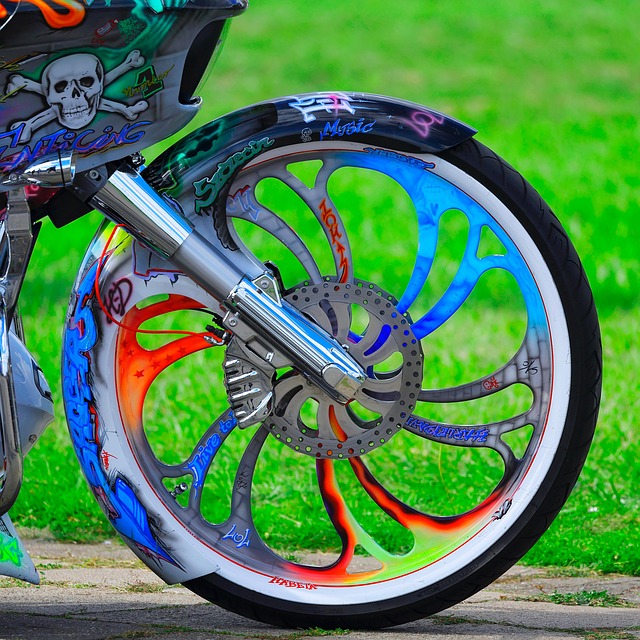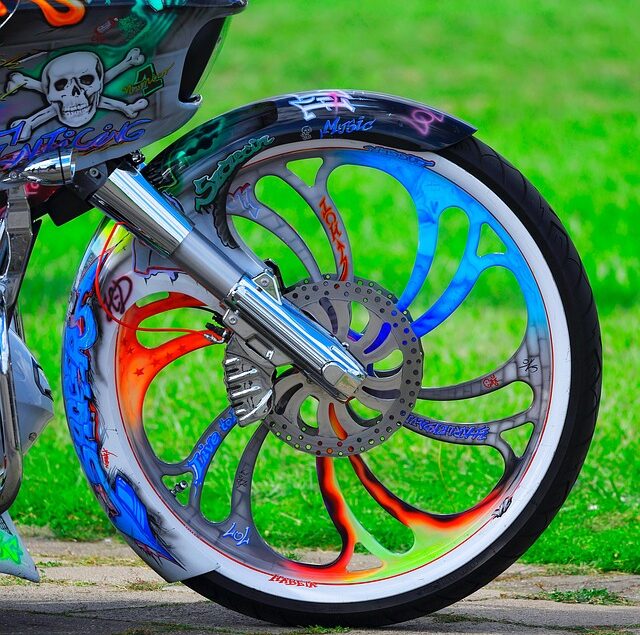Scotland’s Sporting Identity: From Highland Games Kilts to Modern Football Kits
Scotland is known for being deeply rooted in history and having a number of identities. In these recognitions, the sporting system stays very prominent, as Scots were the first ones to start Highland games and play international football matches. Moreover, what these games share in common is pride and identity. This discussion is meant to enlighten the sporting identity of Scotland and let’s begin our narrative with exploring the roots of Scottish sporting tradition.
The Roots of Scottish Sporting Tradition
The Scottish sporting tradition is much older and is thought to have originated 2,000 years back in the form of Shinty. It resembles ice hockey and is the national game of Scotland. The first prominent sporting event there took place in the shape of Highland games, which originally was a military exercise to check stamina and power and soon transformed into a gaming competition.
Running was the first competition held by a king in search of the quickest messenger to deliver his messages. Over time, many games became part of it, and Scots started arranging them in the form of festivals. With this event, Scottish football also came into being and was modernized later during the 19th century.
Evolution of Sports in Scotland
Before we dive into the evolution of both sports, let us clarify a misconception that football is part of Highland games. Soccer, or football, is a different game with a different theme, while Highland games involve athletic competitions where competitors show their power. Let’s discuss the rise of Highland games first.
The Rise of Highland Games
When we specifically talk about the beginning or rise of Highland games, we see a man running on a Highland mountain to prove that he is the fastest in town. The ancient games were caber toss, stone put, hammer throw, and more. These games are still played, but the modernism in this festival approached somewhere in the 18th century.
The games were simple until the Act of Proscription in 1746. This act was the outcome of the Jacobite Rebellion. The British Monarch imposed a ban on Scottish culture, considering that a sign of rebellion. The revival of Highland games began in the 18th century and was powerful enough to push the festival to many other countries, such as North America and Canada.
Modern Football Kits in Scotland
Football is also a Scottish identity and has been played there for many centuries. The world’s oldest football was found in the Castle of Stirling during its renovation. The ball has been there since the 1540s. Scotland was among the first countries to play soccer against England on 13th November, 1872. The very next year, the National Scottish Football Association was developed.
The game became popular with working-class people and transformed into Scottish identity. Scotland has the credit for making key innovations in this game, such as passing and running, the offside rule, the halftime break, and the evolution of the striker’s role. The game still thrives, and even Scotland’s top league holds the highest per capita attendance in Europe.
Continuity and Change in Sporting Identity
From ancient Highland sports to contemporary football, Scotland’s athletic culture evolved throughout the ages. Football outfits indicate modern innovation, demonstrating the country’s capacity to combine history and modernity in sports, while the Highland games’ kilts stand for historic Scottish pride.

Kilts and Kits: Parallels
Scottish kilts and football kits are different things, but both symbolize national pride and identity. Whether it is a traditional tartan or a utility kilt, they remind us of ancient traditions, while the football kits signify modern athletic brilliance. However, both of them reflect Scotland’s rich cultural heritage through their traditional design and modern use.
Bridging Generations
These events today act as bridges between Scotland’s past and present. Traditional games are meant to bring Scottish clans and communities together, commemorating ancient practices. The modern football culture, on the other hand, unites people across the globe to showcase how Scotland honours history.
The Role of Sport in Scottish Nationalism
Sports have always been a key part of Scottish nationalism. The festivals, such as Highland games, and sports like football help Scots to grip national pride and identity more tightly. By bringing people together, these celebrations let others know how proud Scots are of their culture. Scots usually wear their traditional dresses to show their connection with their roots. In short, Scottish sports keep heritage alive and unite people both at home and abroad.
Final Thoughts
A few countries in the world have sports that are not only cultural pride but are also played worldwide. Scotland is the most famous of them due to its traditional football and Highland games. A primary purpose is promoting peace and affection by bringing people together. It is a normal custom to dress up in kilts to admire Scottish culture, regardless of the participant’s nationality. To demonstrate their ties to their heritage, people of Scottish descent frequently don their traditional tartan kilts, but some dress up in contemporary kilts. Conclusively, admiring the Scottish identity is the primary purpose for all!
Reference
https://en.wikipedia.org/wiki/Shinty

